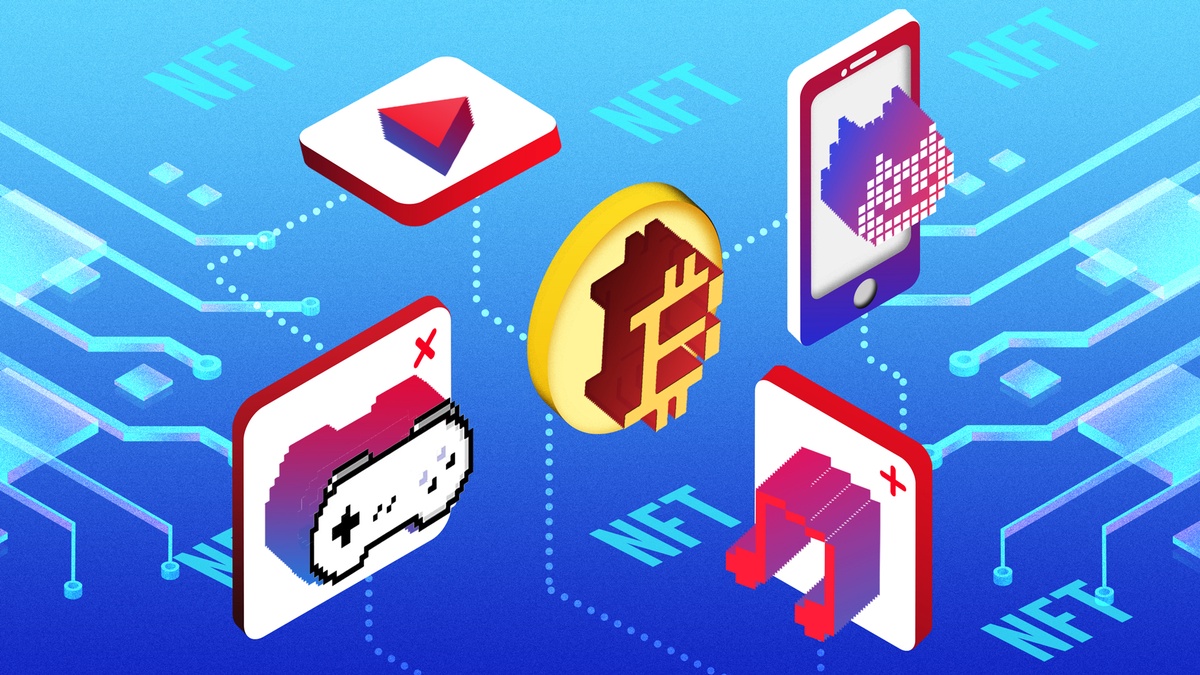Introduction
In recent years, the world of digital assets has witnessed a revolutionary concept called Non-Fungible Tokens (NFTs). These unique digital tokens have gained immense popularity, attracting attention from artists, collectors, and investors alike. However, as technology evolves, new advancements emerge. This article delves into the concept of NFT 2.0, exploring its features, benefits, and potential impact on various industries.
Evolution of NFTs
Since their inception, NFTs have made significant strides. The first wave of NFTs primarily focused on digital art and collectibles, enabling artists to tokenize their creations and sell them directly to buyers. This created a paradigm shift in the art world, empowering artists and eliminating intermediaries.
The Concept of NFT 2.0
NFT 2.0 represents the next phase of development in the NFT ecosystem. It introduces several enhancements and improvements over the original NFT standard, aiming to address limitations and unlock new possibilities. Let's explore some key features of NFT 2.0.
Enhanced Interoperability
One of the primary goals of NFT 2.0 is to improve interoperability between different blockchain networks. Currently, most NFTs are built on specific blockchains, which can limit their utility and transferability. NFT 2.0 aims to create a standardized framework that allows the seamless movement of NFTs across various platforms, increasing liquidity and accessibility.
Scalability and Energy Efficiency
Another crucial aspect of NFT 2.0 is scalability and energy efficiency. The rapid growth of NFTs has highlighted the scalability challenges faced by existing blockchain networks, leading to high fees and slow transaction times. NFT 2.0 explores solutions such as layer-two scaling solutions and environmentally friendly consensus mechanisms to address these issues and provide a more efficient and sustainable infrastructure.
Fractional Ownership
NFT 2.0 introduces the concept of fractional ownership, enabling multiple individuals to own a fraction of an NFT. This fractionalization allows investors and collectors with varying budgets to participate in high-value assets. Fractional ownership democratizes access to expensive and exclusive items, making them more inclusive and liquid.
Immutable Royalties
NFT 2.0 places a strong emphasis on royalty structures and artist rights. Smart contracts associated with NFT 2.0 can enforce immutable royalties, ensuring that creators receive a percentage of subsequent sales or usage
fees. This feature grants artists ongoing revenue and recognition for their creations even after the initial sale.
Use Cases of NFT 2.0
NFT 2.0 opens up a world of possibilities across various industries. Let's explore some of the prominent use cases:
1. Art and Collectibles
The art world has already experienced the transformative power of NFTs, and NFT 2.0 takes it a step further. Artists can now create interactive and dynamic artworks, leveraging advancements in augmented reality (AR) and virtual reality (VR) technologies. Collectors can enjoy immersive experiences and even participate in virtual exhibitions, expanding the boundaries of traditional art forms.
2. Gaming and Virtual Worlds
NFT 2.0 has significant implications for the gaming industry. Players can own unique in-game assets, such as characters, weapons, and rare items, which can be bought, sold, and traded on decentralized NFT marketplaces. These virtual assets can be seamlessly transferred between different games and platforms, creating a metaverse where players can carry their belongings across multiple gaming universes.
3. Real Estate and Property Rights
Blockchain technology, coupled with NFT 2.0, can revolutionize the real estate sector. Property ownership can be tokenized, allowing for easy and transparent transactions. Fractional ownership enables individuals to invest in real estate assets that were previously inaccessible. Smart contracts can automate rental agreements and property management, streamlining processes and reducing costs.
4. Music and Intellectual Property
NFT 2.0 introduces new possibilities for musicians and content creators. Artists can tokenize their music albums, granting fans exclusive access and perks. Royalty structures embedded in smart contracts ensure that creators receive fair compensation for their work, even as it is shared and used across various platforms. This empowers artists to monetize their creativity directly, bypassing traditional intermediaries.
Conclusion
NFT 2.0 builds upon the foundations laid by the initial wave of NFTs, unlocking enhanced features and capabilities. Its interoperability, scalability, fractional ownership, and immutable royalties pave the way for broader adoption across industries such as art, gaming, real estate, and music.


No comments yet